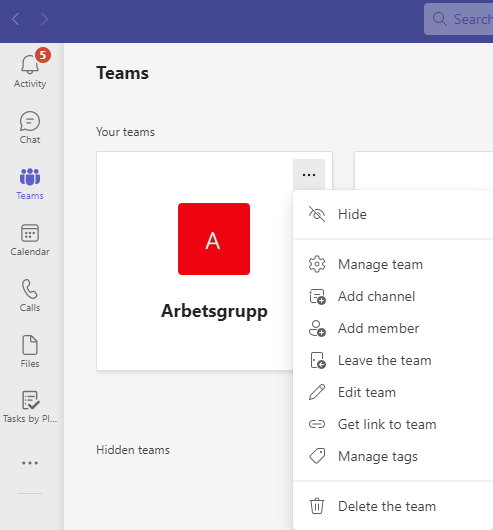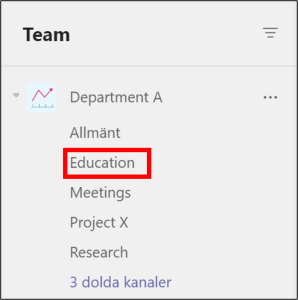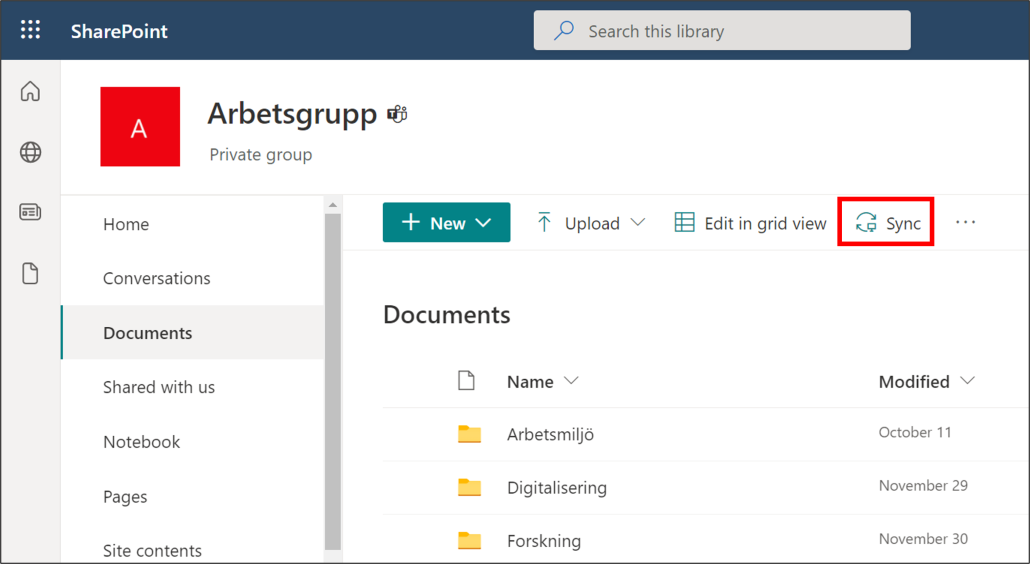Who can use Whiteboard?
Whiteboard is currently available to all students and employees. Externals are currently unable to participate in a Whiteboard.
Can I collaborate on Whiteboard?
Yes, you can! Open the Whiteboard you want to collaborate on. In the right corner, click the Share Icon. Then you can type in the name or email of the person you want to share and collaborate with, or choose to copy the link, and send to the person.
Observe that users can currently only collaborate with others within their organization. Microsoft will add options to collaborate with guests outside your organization in the future.
Can I export the result?
Yes, you can export the result to a PNG or SVG. You can also choose to publish to a Team, send to a OneNote, or to an email.
What is the difference between the Whiteboard app and web interface?
Whiteboard has recently been updated. There are no differences between the web and the app.
Where can I find Whiteboard?
There are three ways to find and use Whiteboard. Via the deskapp, the web or integrated in teams. You can find more information in the manual: Download and install whiteboard app
How do I save my Whiteboard?
All your Whiteboards are automatically saved in your Whiteboard Portal. Go to the Office 365 portal and select Whiteboard.
Can I use templates in Whiteboard?
Yes, templates are available in Whiteboard. Templates makes it easier for you and others to work together in Whiteboard. You can open templates by clicking the Templates button in the left menu. This will display the template gallery, where you can select a template.
The following categories are available with more to add as you go:
- Brainstorming – exploring creative ideas
- Problem solving – analyzing and solving problems
- Design and research – deepen customer focus
- Strategy – move from strategy to execution faster
- Project planning – increase productivity and results
- Retrospective – get an overview over different catagories
- Games – engage and energize groups
- Evaluation – reflecting and improving
- Workshops – inspire and facilitate groups
- Learning – teflecting, comparing and brainstorming
Can I use my fingers to use Whiteboard?
Yes, Whiteboard is compatible with touch, computer mouse, and keyboard.
Can I add pictures to the Whiteboard?
Yes, you can insert pictures on your Whiteboard. Click the Create icon, and then click pictures. Unfortunately, you can’t copy and paste pictures into the Whiteboard you have to save the image to your computer and then upload.
Can I react to sticky notes or text boxes?
No, however, you can create reactions and drag and drop them on your sticky notes or text boxes. On the rightside menu, select reactions. Then you can choose heart, thumbs up or down etc. Drag and drop them in the appropriate place to react to text or sticky notes.
Can I zoom in and out of my Whiteboard?
Yes, you can – the surface is infinite. With the mouse – scroll up and down. With your fingers – pull together or outwards with two fingers.
Can I rename my Whiteboard?
Yes, by going to the Whiteboard portal and then tapping the three dots of the Whiteboard that you want to rename.
Can I remove Whiteboards?
Yes. Go to your Whiteboard portal, click on the three dots of the Whiteboard you want to delete, and then select Delete.
How do I use ink in Whiteboard?
Digital ink is available to everyone, whether you’re using your mouse or pen. The Pen toolbar contains 15 pen colors, 15 highlighters, pen arrows, and different thicknesses.
Features:
- Select a pen to see the color and thickness in the drop-down list.
- Select arrow mode from the drop-down list to turn your ink strokes into arrows.
- To draw straight lines, hold down the Shift key while you make ink.
- To convert things you draw to shapes, select your ink and select the shape icon from the shortcut menu.
How do I create straight lines?
The previous ruler has been removed. In Whiteboard, you can add straight lines using shapes in the gallery. You can also hold the shift key while you’re drawing to create a straight line.
How do I use mouse and keyboard in my whiteboard?
You can use your mouse and your keyboard by doing one of the following:
- To pan the workspace, click it, and then drag the canvas with your mouse. You can also hold down the Ctrl key on the keyboard and use the arrow keys.
- To quickly zoom in on the workspace, scroll the mouse wheel up or down (if applicable).
- To select an item, click it with your mouse. You can also press the Tab key multiple times until the desired item is selected.
- To insert an object, such as a picture or text, click the + icon on the toolbar, and then click on the item you want to add. You can also use the shortcut menu by clicking Shift+F10. Use the arrow keys to select the item you want to add, and then press Enter.
- To draw or delete ink, click the ink icon on the toolbar, select a pen or eraser, and then use the mouse to draw on the canvas or remove ink strokes. To use the keyboard to select tools, press the Tab key several times until the pen icon is selected on the toolbar.
- To move the ruler when it appears, click it, and then drag the ruler with your mouse. To use the keyboard, click the ruler, and then move it with the arrow keys.
- To change the angle of the ruler, hover over the ruler, and then use the scroll wheel — or click to select the ruler, and then hold the Alt key while you press one of the arrow keys on the keyboard.
How do I select, move, and resize content?
- When finger painting mode is turned off, you can move objects by selecting it with your finger and easily moving around the canvas.
- Select content with your finger or pen — or use the Lasso Selection tool on the toolbar to select multiple items at once. Turn on lasso selection and use the pen to circle the content you want to select. When finger painting mode is enabled for devices that are passive or don’t have a pen, you can turn on Lasso Select and use your finger to dial in content.
- If the active pen has a cylinder button, hold down the button to temporarily switch to Lasso Select mode and circle the content to be selected.
- When the content is selected, you can move it with your finger or pen. To resize, use two fingers to stretch or minimize the content.
Can I use Whiteboard in the classroom?
Yes, Whiteboard has been designed both for remote learning and in the classroom. In the classroom, students can leave class with a digital version of the whiteboard so they can focus on listening and learning instead of copying content from the whiteboard during class. Teachers can hold more interactive lessons with a shared whiteboard where students can add content or react to content added by others. Whiteboard is a fantastic tool for group projects. All project members can get involved and teachers have the opportunity to observe and provide feedback.
Can I share a Whiteboard where no one else can edit it?
Yes, if you choose whiteboard presentation mode (read-only mode) in Teams meetings, the meeting organizer can choose how to interact with the board. If you choose read-only mode, all other participants will see the whiteboard but without being able to edit. At any time during the meeting, the meeting organizer can switch between read-only mode or allow collaboration from others from the settings menu.
Can I use Whiteboard in a Team meeting?
Yes, Whiteboard is integrated into Teams but can also be used in other digital meeting tools such as Zoom.































